If you’ve ever walked into your living room and thought, “Wow, did it snow in here?” then you’ve probably lived with a heavy-shedding dog.
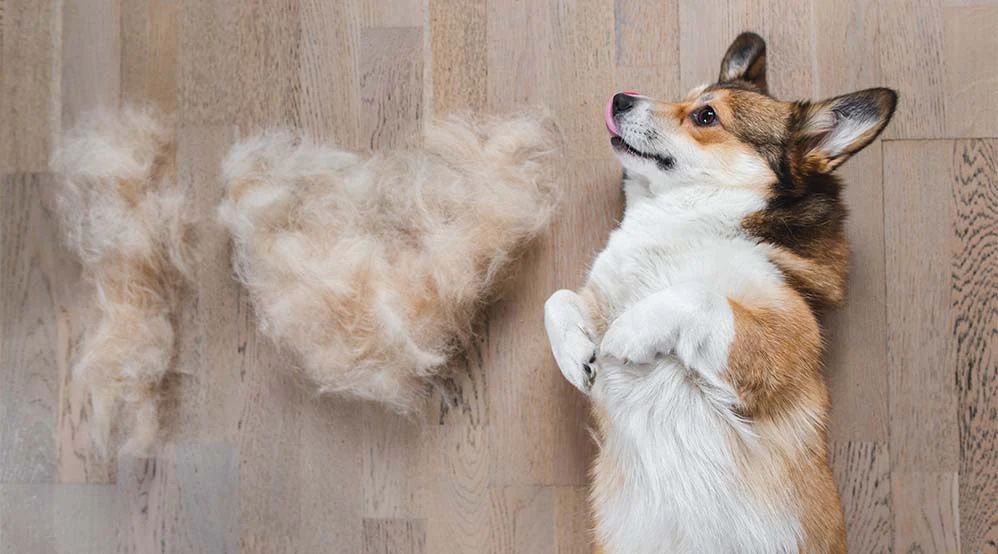
Some pups drop fur like confetti at a New Year’s Eve party. Others shed less often but in giant, dramatic clumps that float across the floor like tumbleweeds.
Shedding is just part of life with many breeds, but knowing which dogs are heavy shedders can help you prepare for the fuzz storm.
List of Top 20 Shedding Dogs
Siberian Husky
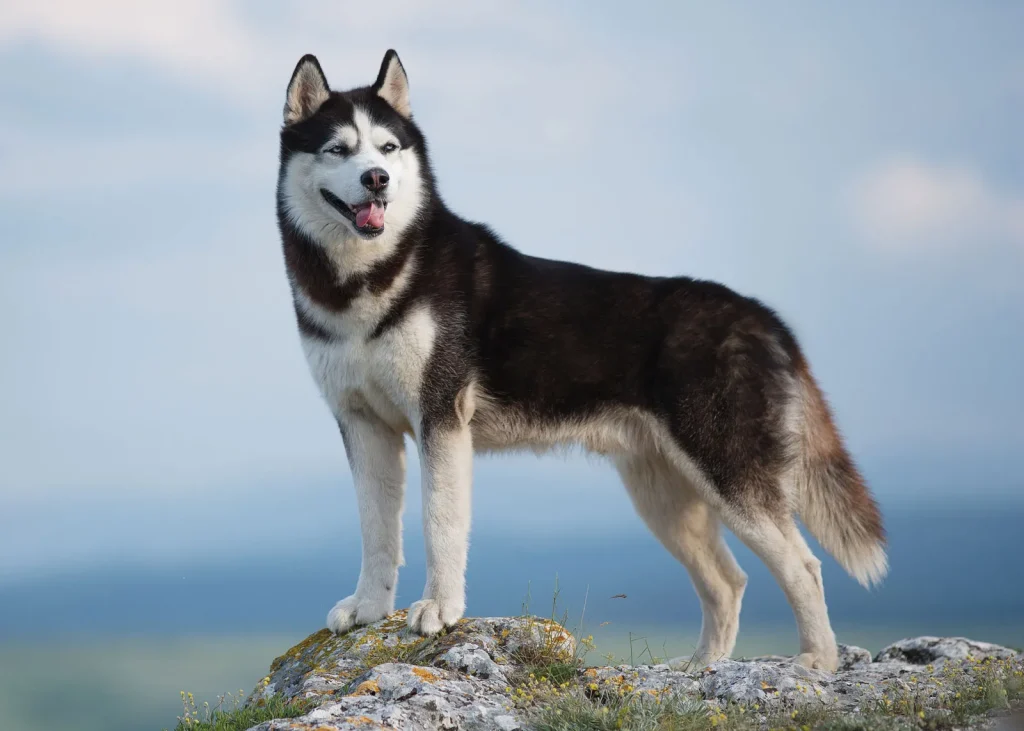
These snow dogs have thick double coats made for icy climates. They “blow” their coat seasonally, which means for a few weeks you’ll be knee-deep in fluff.
A good brush and a sense of humor go a long way.
German Shepherd

Loyal, smart, and forever molting. Their dense coat sheds year-round, with a turbo boost in spring and fall. Expect to find their fur in places you didn’t even know existed.
Golden Retriever
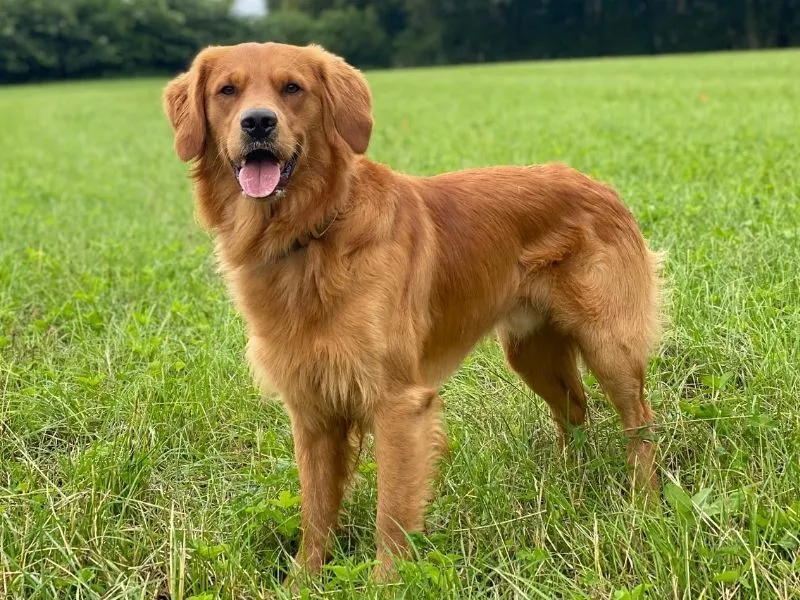
That glorious golden mane? It comes at a price. They shed steadily all year, with bigger bursts during seasonal changes.
Regular grooming helps keep them looking like the cover of a dog calendar.
Labrador Retriever
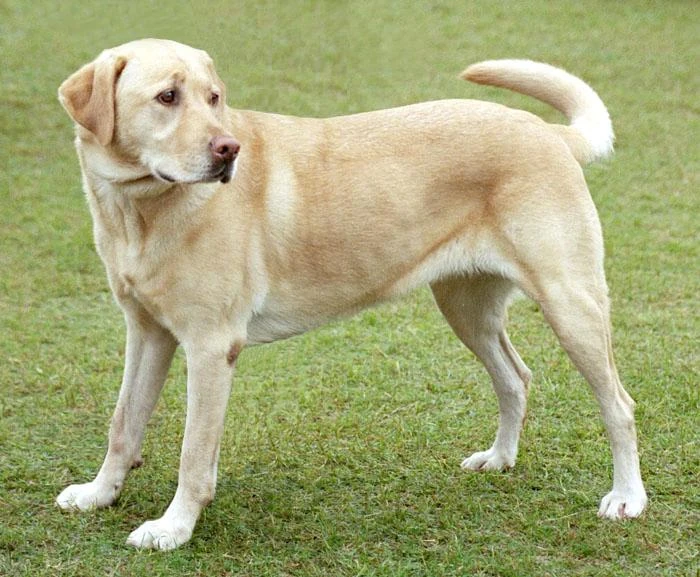
Labs have short coats, but don’t be fooled. They shed heavily, and the short hairs seem to weave themselves into every fiber of your clothing and couch.
Alaskan Malamute
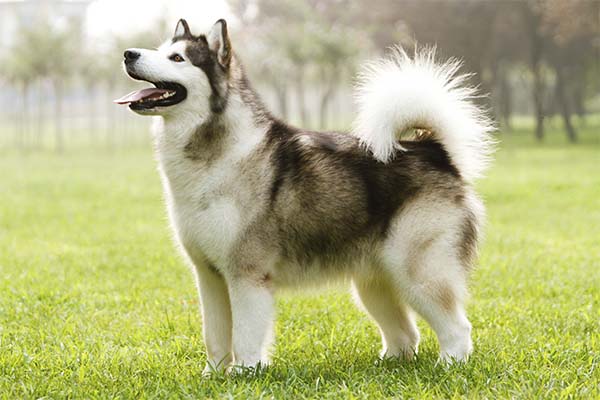
Think Husky, but larger and fluffier. When they shed, it’s like shaking out a pillow… only the pillow keeps replenishing itself.
Saint Bernard
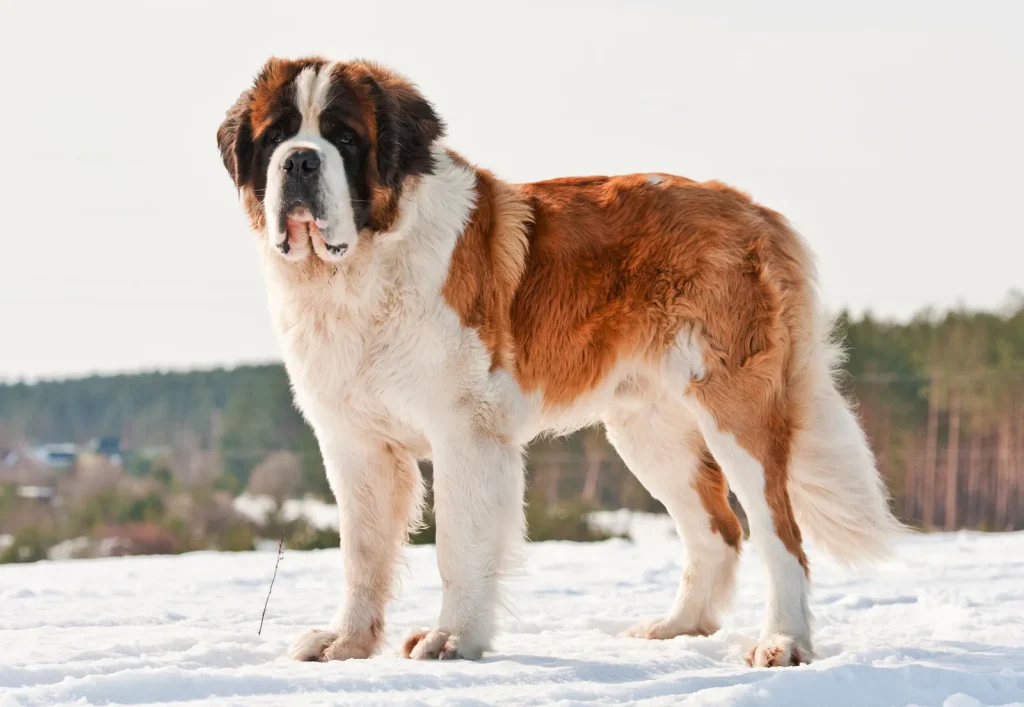
These gentle giants produce gentle drifts of hair, especially during seasonal changes. Keep a sturdy vacuum handy.
Bernese Mountain Dog
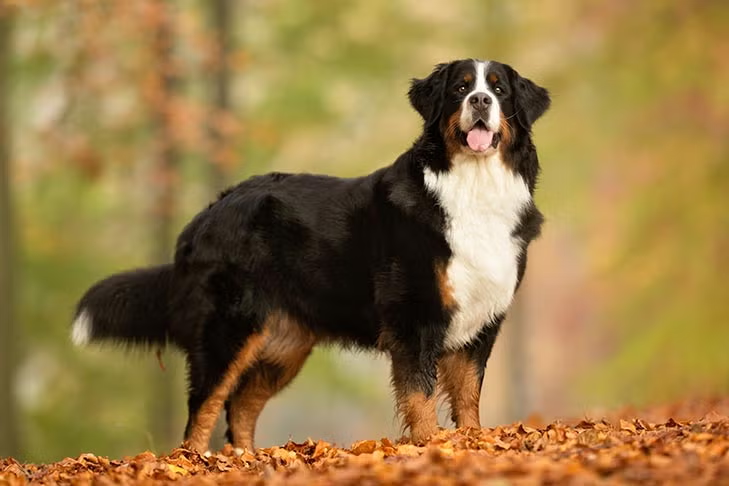
Their tri-color coat is gorgeous and thick. They shed year-round, and brushing sessions can feel like grooming a small bear.
Akita
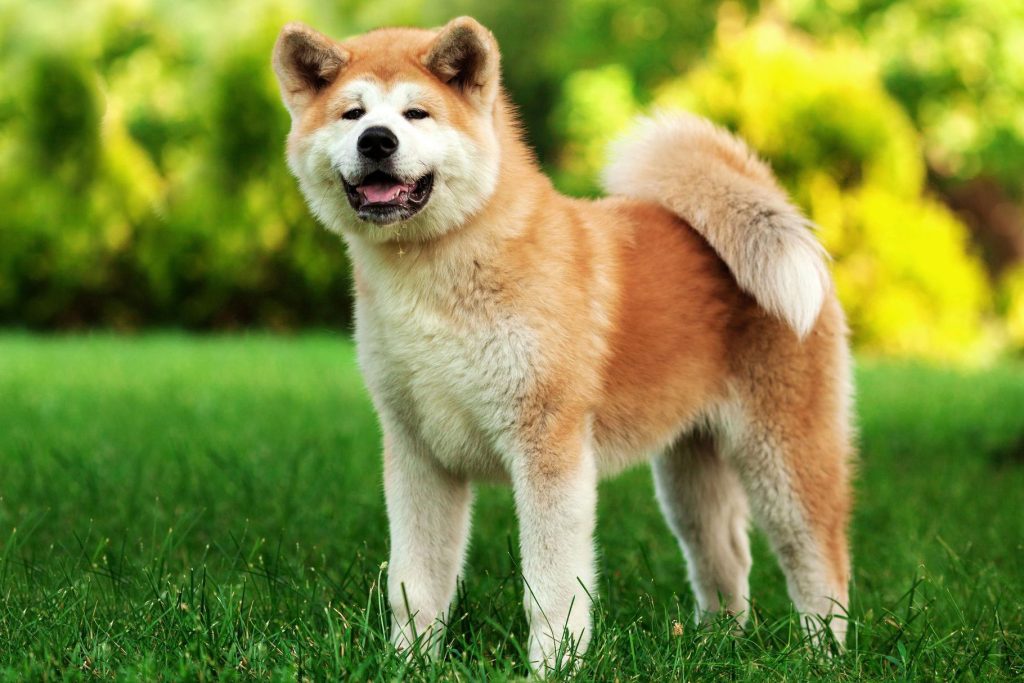
Bold and dignified, with a plush double coat. Shedding is a big part of their seasonal routine, and their undercoat can come out in handfuls.
Great Pyrenees
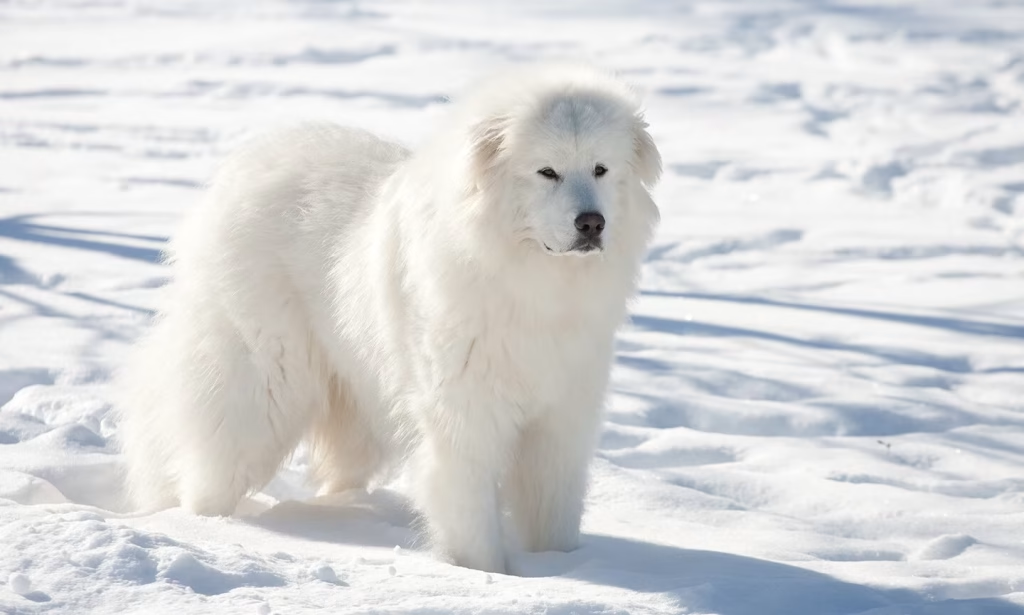
Beautiful white coats that shed almost constantly. If you wear black, you’ll become an unofficial walking snow globe.
Shetland Sheepdog

These herding dogs carry a thick double coat that sheds in waves. You’ll find fur caught in doorways, in corners, and probably in your tea.
Australian Shepherd

Active and intelligent, with a medium-long double coat. They shed moderately most of the year and more heavily during changes in season.
Chow Chow
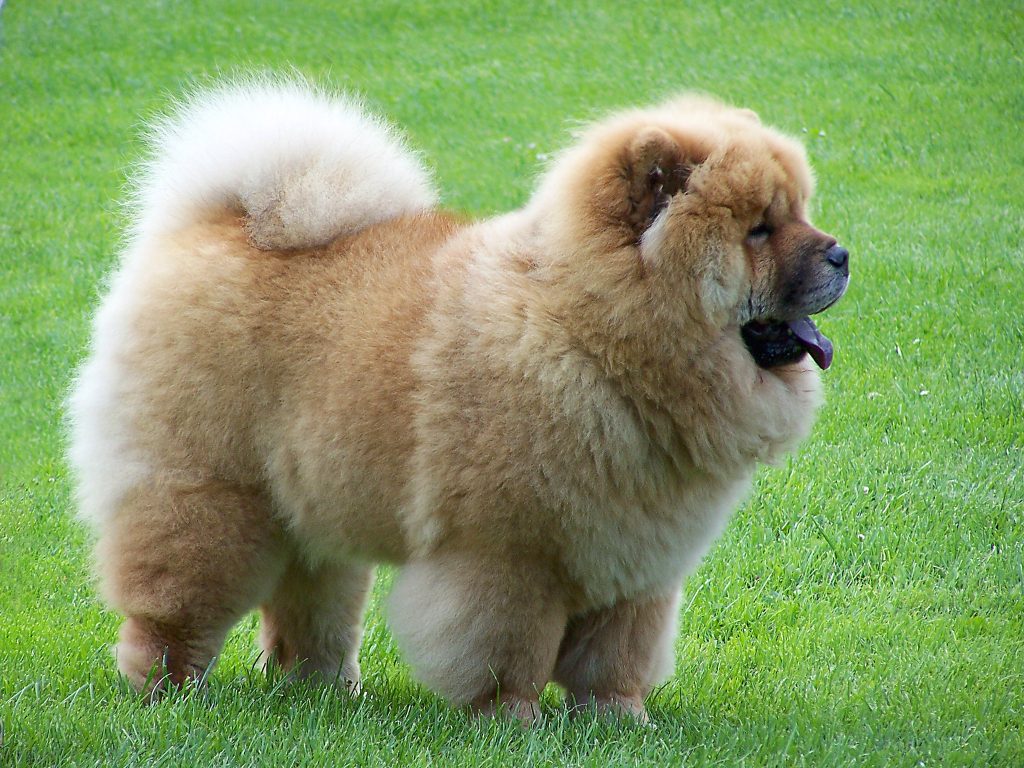
These fluffy lions have one of the densest coats in the dog world. When they shed, it’s an event. Stock up on lint rollers.
Pomeranian
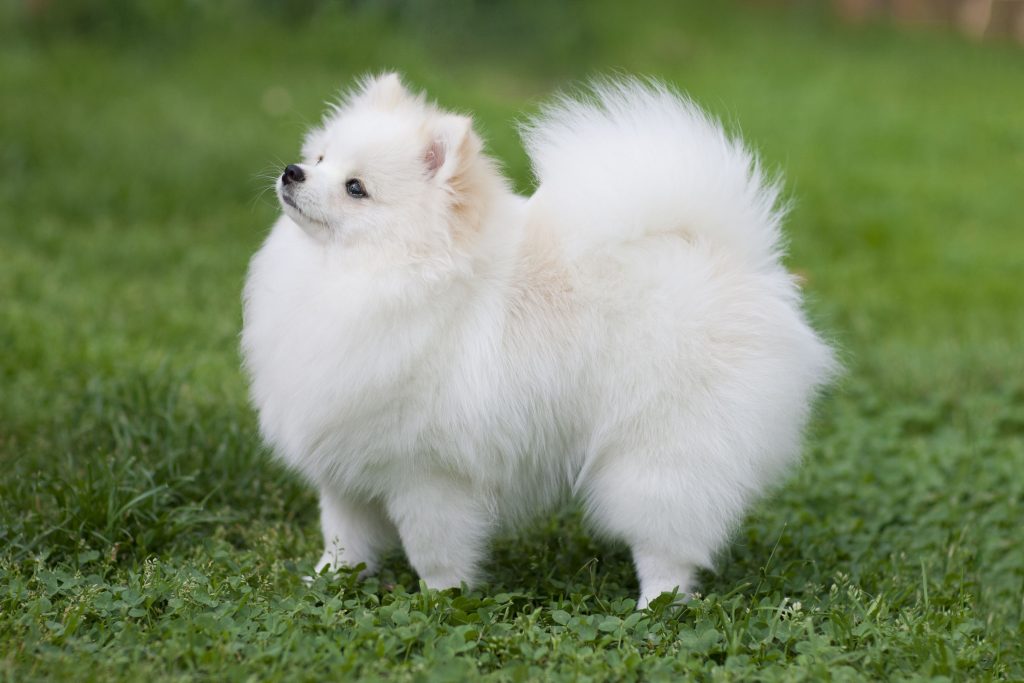
Small but mighty in the shedding department. Their puffy coats require regular grooming to keep the fluff under control.
Beagle
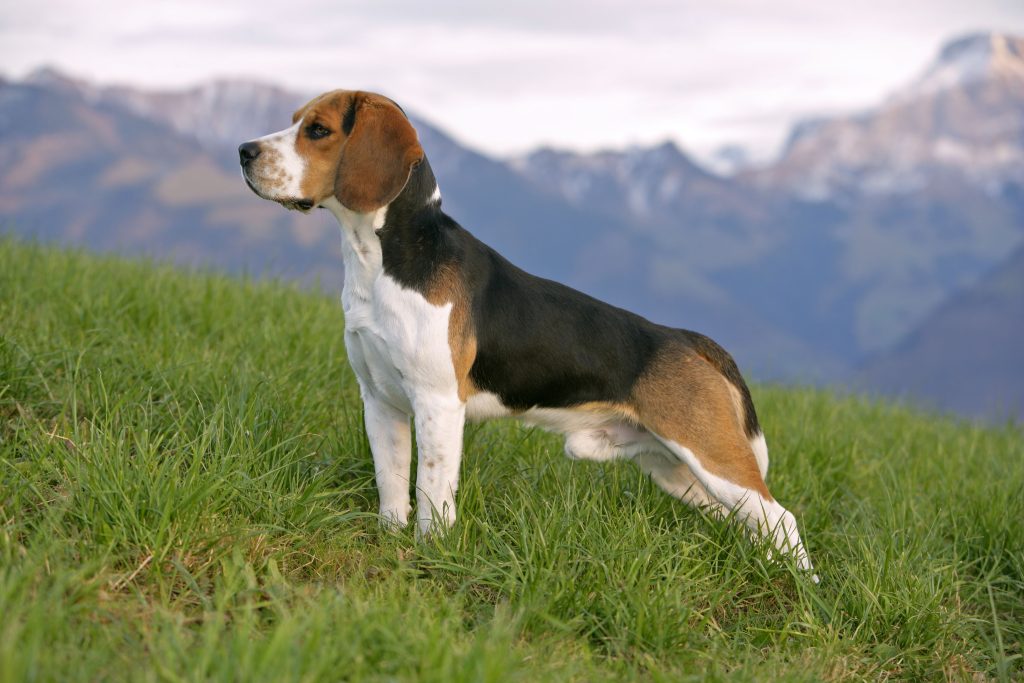
Short-coated, yes. Low-shedding, no. They drop small hairs constantly, which love to cling to car seats and socks.
Corgi

Both Pembroke and Cardigan types shed like they’re in a competition. Their dense coats release fur year-round with seasonal blowouts.
Articles You Might Love
Border Collie
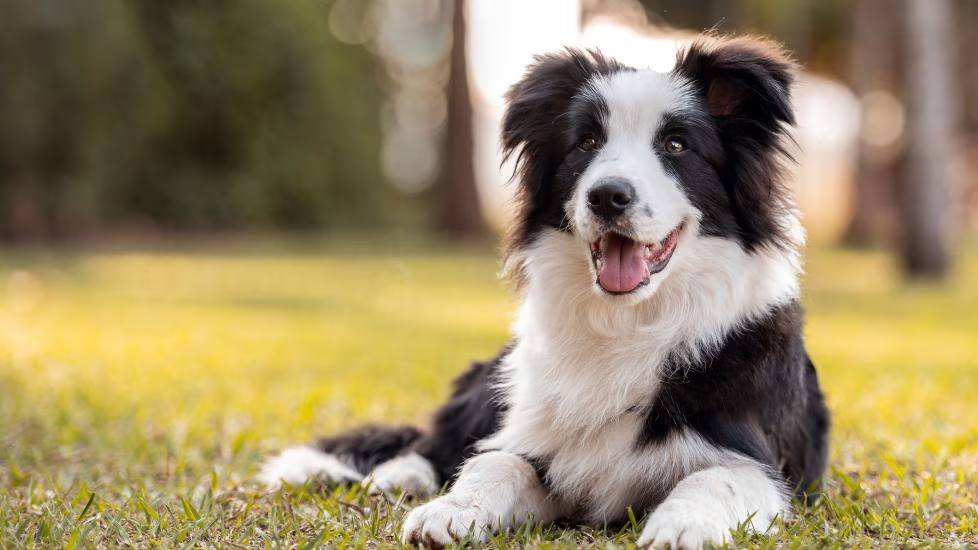
Highly energetic and hardworking, with a coat that can be smooth or rough. Both types shed regularly, especially during the change of seasons.
Newfoundland
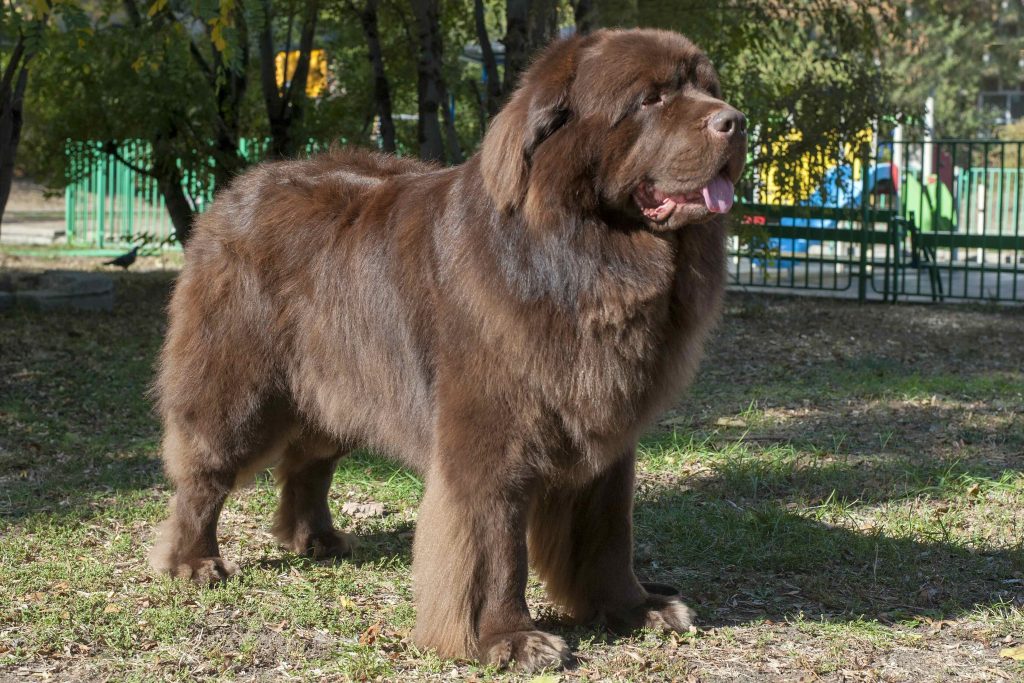
Massive dogs with thick, water-resistant coats. When they shed, you’ll find fur that could probably be spun into yarn.
Shiba Inu
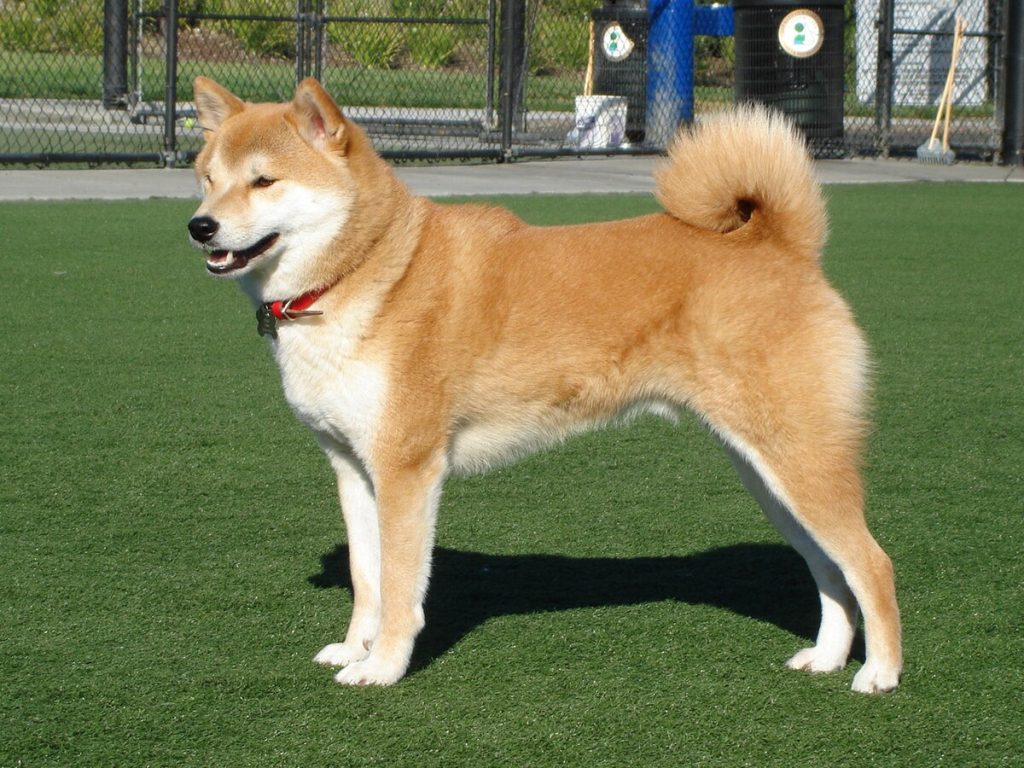
These fox-like pups shed heavily twice a year. When it happens, you might wonder how they still have fur left on their bodies.
Dalmatian
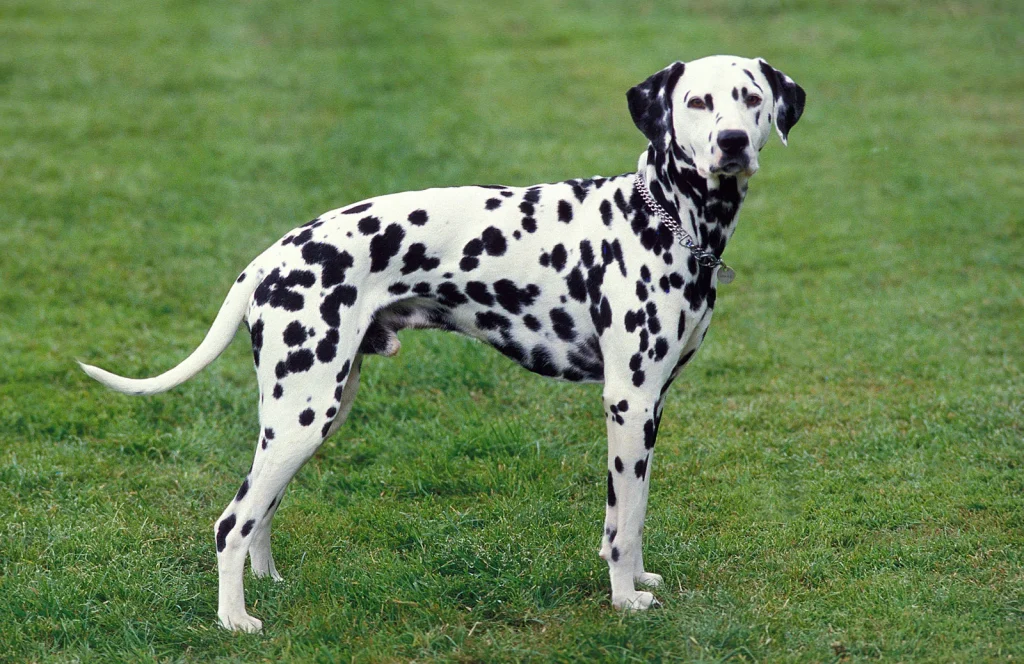
Short, stiff hairs that shed constantly. The hairs are so fine they can work their way into fabric and be hard to remove.
Samoyed
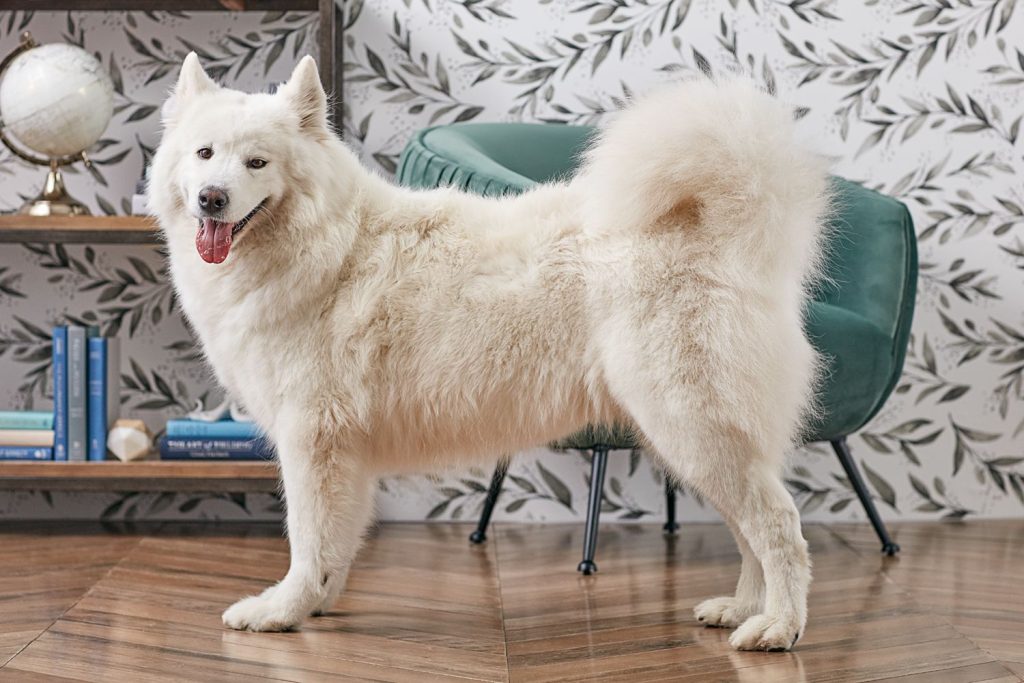
Known as “smiling sled dogs,” their pure white coats are breathtaking. They also produce enough fur during shedding season to knit an entire sweater.
Coat Types And How They Affect Shedding
Double coats, like those on Huskies and Shepherds, shed differently from single coats. The undercoat is soft and dense, while the topcoat is more weather-resistant.
Seasonal changes trigger the undercoat to fall out in clumps, while the topcoat may shed more steadily.
Why Some Dogs Shed More Than Others
Shedding comes down to breed genetics, coat type, and even where a dog’s ancestors lived. Double-coated dogs, for example, have both a soft undercoat and a tougher outer coat, which means they naturally drop more hair during seasonal changes.
Breeds developed for colder climates, like Huskies or Malamutes, tend to blow out their coats twice a year in huge clumps. Even short-haired dogs like Beagles can shed a surprising amount, simply because of the density of their fur.
Age, hormones, and overall health also play a role. If you’ve ever wondered why your neighbor’s poodle barely loses a strand while your shepherd fills the vacuum bin in seconds, it’s all in the coat biology.
Best Grooming Tools for Heavy Shedders
Not all brushes are created equal, and if you have a heavy shedder, you’ll need the right tools in your grooming kit.
A slicker brush works wonders for detangling and lifting loose fur, while a deshedding tool like the FURminator reaches deep into the undercoat. Rubber grooming gloves are great for short-haired breeds, letting you pet while pulling off fur at the same time.
For double-coated breeds, an undercoat rake can make seasonal shedding way more manageable. Regular brushing not only keeps the hair tumbleweeds under control but also distributes natural oils for a healthier coat.
How Diet Can Affect Shedding
You might not think food matters for shedding, but it’s a huge factor. Dogs on low-quality diets often have dry, brittle coats that break easily, meaning more fur ends up on your couch.
Omega-3 and Omega-6 fatty acids from sources like fish oil can make coats shinier and reduce excessive shedding. A balanced diet with enough protein also supports strong, healthy hair growth.
If your dog’s shedding seems excessive despite regular grooming, it could be worth checking their food ingredients. Sometimes, simply upgrading to a higher-quality diet or adding a skin-and-coat supplement makes a big difference.
Seasonal Shedding vs. Year-Round Shedding
Not all shedding is created equal. Some breeds “blow” their coats twice a year—once in spring to ditch their winter insulation, and again in fall to prepare for the cold. This seasonal shedding is intense but temporary.
On the other hand, certain breeds like Labrador Retrievers shed consistently all year long, just in smaller amounts. Knowing which category your dog falls into can help you plan grooming schedules and manage expectations.
That way, you’re not panicking every time your dog leaves behind enough fur to knit a sweater in one sitting.
Common Myths About Shedding Dogs
One big myth? Short-haired dogs don’t shed much. In reality, breeds like Pugs can leave just as much hair behind as their long-haired cousins, it’s just shorter and harder to spot until it’s all over your clothes.
Another myth is that shaving your dog will stop shedding. Not only does shaving fail to prevent shedding, but it can also damage their coat and affect temperature regulation.
And while “hypoallergenic” dogs exist, no dog is truly 100% free of allergens, they just tend to shed less dander.
How to Reduce Shedding in Your Home
You can’t stop shedding completely, but you can keep it from taking over your house. Frequent brushing, daily for heavy shedders, keeps most loose fur out of your carpets and furniture.
Bathing every month or so with a dog-safe shampoo helps too, as it loosens and washes away extra hair. Investing in a good vacuum with a pet hair attachment is a game changer.
Wash your dog’s bedding often, and if possible, train them to stay off certain furniture to keep hair levels down.
When Shedding Might Be a Health Concern
A certain amount of hair loss is normal, but if you notice bald patches, skin irritation, or sudden excessive shedding, it’s worth calling the vet.
Health issues like allergies, parasites, thyroid problems, or skin infections can all cause abnormal hair loss. Stress can also trigger increased shedding, big life changes like moving or adding a new pet sometimes show up in the coat.
The key is to know what’s normal for your dog so you can spot changes early.
Best Breeds for People Who Don’t Mind Shedding
Some dog lovers embrace the fluff. If you don’t mind a little extra vacuuming, breeds like the Golden Retriever, Alaskan Malamute, or Bernese Mountain Dog offer both beauty and personality in spades.
These dogs often have luxurious coats that require commitment, but for the right owner, the trade-off is worth it. Their shedding might be heavy, but so is their loyalty, and the snuggles are unmatched.
Grooming Needs For Each Breed
Heavy shedders often need weekly brushing, sometimes daily during peak shedding season.
Slicker brushes, deshedding tools, and grooming rakes can all help keep things under control. Professional grooming can also make a big difference.
Tools And Products That Help Manage Shedding
A solid vacuum cleaner, a trusty lint roller, and a good quality brush are lifesavers. Some owners swear by pet hair remover gloves, which can also double as a bonding activity for you and your dog.
Lifestyle Fit For Each High-Shedding Breed
If you’re tidy to the point of perfection, a Malamute might drive you up the wall. But if you’re outdoorsy, don’t mind fur on your clothes, and love brushing sessions, a heavy shedder can be a joy.
Cleaning Tips For High-Shedding Households
Brush your dog outdoors when possible. Use washable throws on furniture, and keep a small vacuum handy for quick cleanups.
For clothes, dryer sheets can help loosen stubborn hairs before washing.
A Familiar Scene In Heavy-Shedder Homes
Imagine coming home from work, tossing your jacket on the couch, and later picking it up to find it’s grown a fur collar.
Or leaning down to tie your shoes and discovering your laces now have a fuzzy halo. For owners of high-shedding breeds, these moments become part of daily life.
Living Happily With A High-Shedding Dog
Owning a dog that sheds a lot isn’t for everyone, but for those who embrace it, the rewards are huge. You learn to laugh at the fur tumbleweeds, keep grooming tools in easy reach, and accept that every cup of tea might have one extra ingredient.
Shedding is just part of loving certain breeds. With the right tools, care, and attitude, it’s something you can manage without losing your mind. And at the end of the day, isn’t a little extra vacuuming worth the joy they bring? Wouldn’t you say so?